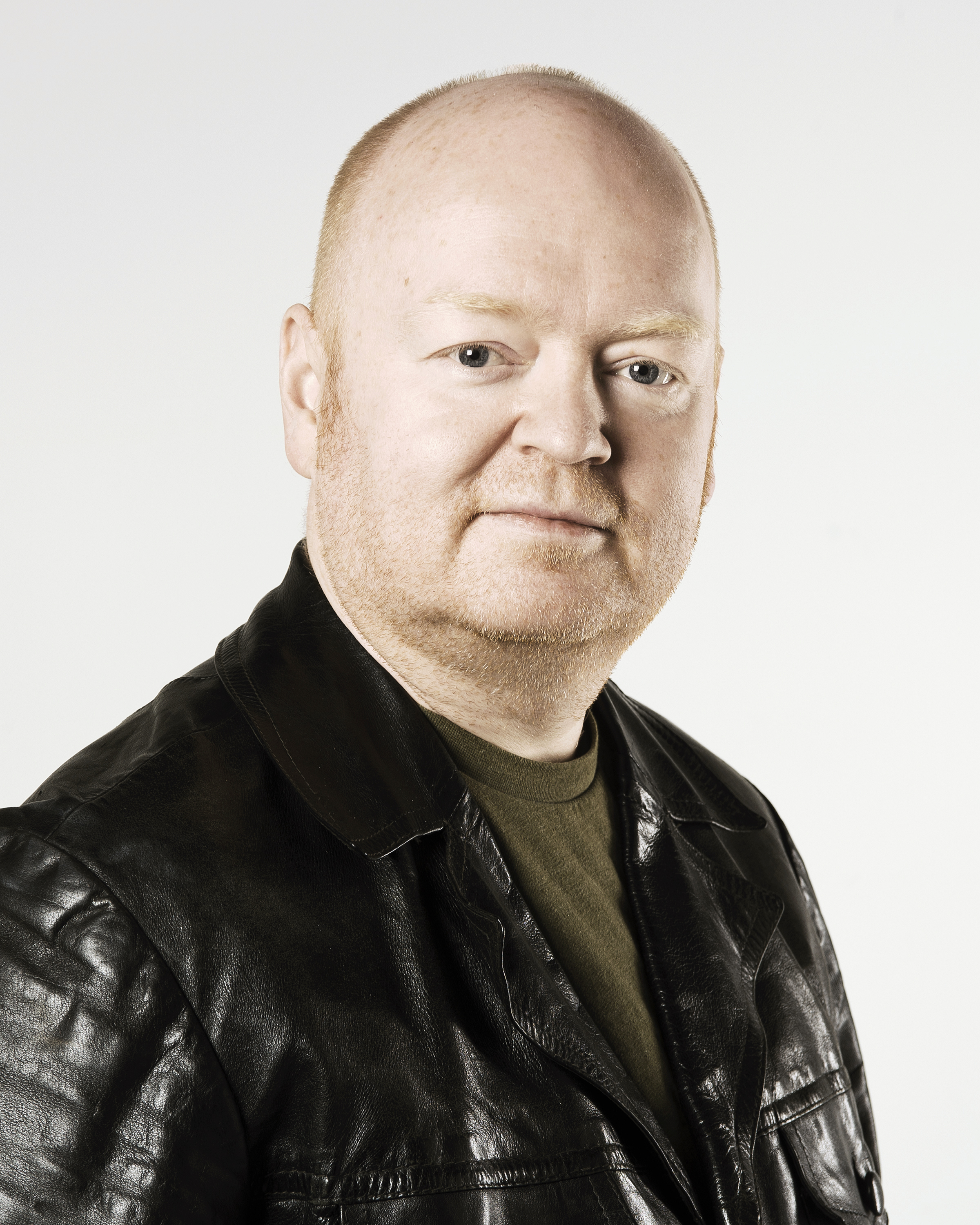In June 1970, Crosby, Stills, Nash & Young released the protest anthem Ohio. Recorded on May 21 that year, the song documents Neil Young’s outrage at the killing of four students by National Guardsmen during a protest march at Kent State University on May 4. The students’ anger had been directed at president Richard Nixon and his decision to backtrack on his promise to wind down America’s war effort in Vietnam.
In the States, it was now abundantly clear that the era of pushing flowers into the barrels of soldiers’ rifles was over. Being part of the counter culture could get you killed.
Five months after releasing Ohio, Crosby, Stills, Nash & Young put out Our House. The emotional contrast between the primal howl of the former and the ever so slightly smug pipe-and-slippers reportage of the latter was difficult for some to reconcile.
For journalist Barney Hoskyns, “the journey from Ohio back to Our House seemed to sum up a general failure of nerve in the LA music scene”.
In other words, the era that writer Tom Wolfe described as the ‘Me’ Decade had begun. People were less inclined to want to save the planet. It became more about securing your own piece. ‘Four dead in Ohio’ gave way to ‘Our House, is a very very very nice house/With two cats in the yard, life used to be so hard…”
At its heart, Our House is a snapshot of domestic bliss. “In late sixty-eight, early sixty-nine I had taken Joni Mitchell to breakfast on Ventura Boulevard in Los Angeles,” Graham Nash recalls. “After breakfast we were walking back to her car, and we passed an antique store. So we were looking in the window, and Joni saw a small vase she wanted to buy. And it was reasonably cheap, so she bought it.
"It was one of those mornings. It was cold, it was rainy, it was foggy. Just miserable. So, we got in Joni’s car and drove back to our house in Laurel Canyon. We got through the front door and I said: ‘Hey Joni. Why don’t I light a fire and you put some flowers in that vase you bought today?’ So, Joni was outside trying to find some winter flowers for the vase. That meant two things: one, she was not at her piano, and two, I was. Within an hour, Our House was born.”
Nash more or less had the arrangement in that first hour. That’s clear from the achingly sweet demo version included on his 2018 career retrospective Over The Years. He continues: “I got in the studio in Los Angeles with Dallas Taylor, the drummer, and Greg Reeves, our bass player, and I played the song.
"We went through it a couple of times and we got a great take. So now I’ve got my lead vocal, my piano and the drums and the bass. I overdubbed harpsichord and another piano for a fat sound, then brought it to David [Crosby] and Stephen [Stills] who loved it and sang on it.”
The vocal blend on Our House, has always been CS&N’s USP. Before hooking up to form the first international rock supergroup, Stephen Stills had been a member of Buffalo Springfield, as was Neil Young (who didn’t perform on Our House). The late David Crosby was in The Byrds and Graham Nash was a founding member of British pop group The Hollies. So vocal harmonies were bread and butter to these guys and, Nash didn’t feel the need to direct his bandmates in the studio.
“That’s how much I trusted Stephen and David,” says Nash. “Once I’d done the basic track, I wanted to open it up to them. We have what we call the ‘reality rule’, and it goes like this. If I sit down with a guitar and play a song and they don’t react, you’ll never hear that song again. If I play the song and Crosby says: ‘Oh, I know what I’m going to do in the chorus’, or Stephen goes: ‘I have a great guitar piece for the opening’, then we’re in business. We can only work on stuff that all three of us love.”
One of the sweetest elements of the demo and the final recording is the vocal ‘instrumental’ break.
“Well, we couldn’t quite figure out whether it needed a guitar solo or a harmonica solo,” Nash explains. “We couldn’t think of anything, so we just went ‘la la la la…’”
Nash once claimed he was bored with Our House a mere 24 hours after he recorded it. These days he regards the song from a different perspective. It’s a view that allows him to reconcile its release at the point when America was blowing itself apart.
“It’s about a beautiful moment between a man and a woman. It’s about peace. Even though the times were turbulent, particularly with the Vietnam War, and Civil Rights, two and a half minutes of peace was what we all needed."
This feature originally appeared in Classic Rock 251, in June 2018. Graham Nash tours the US in April. Tickets are available now.

